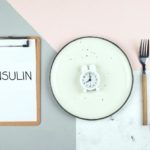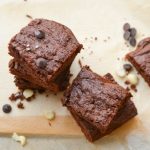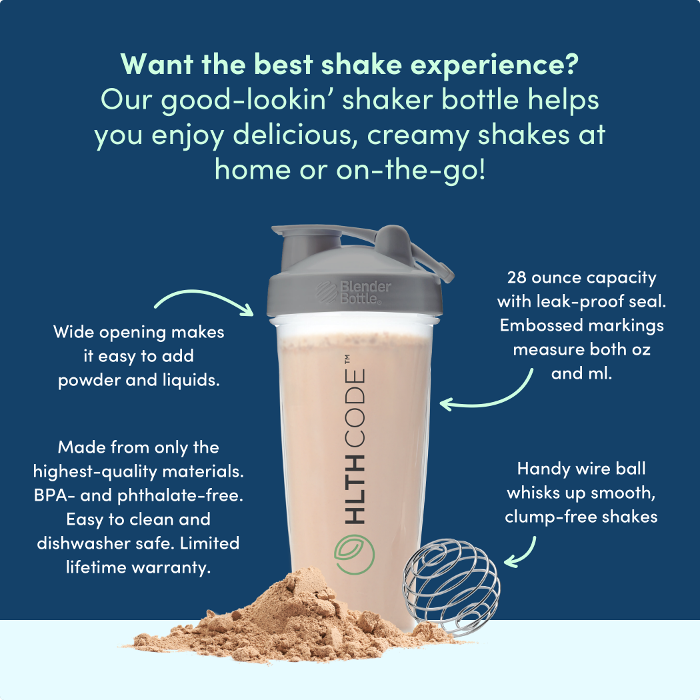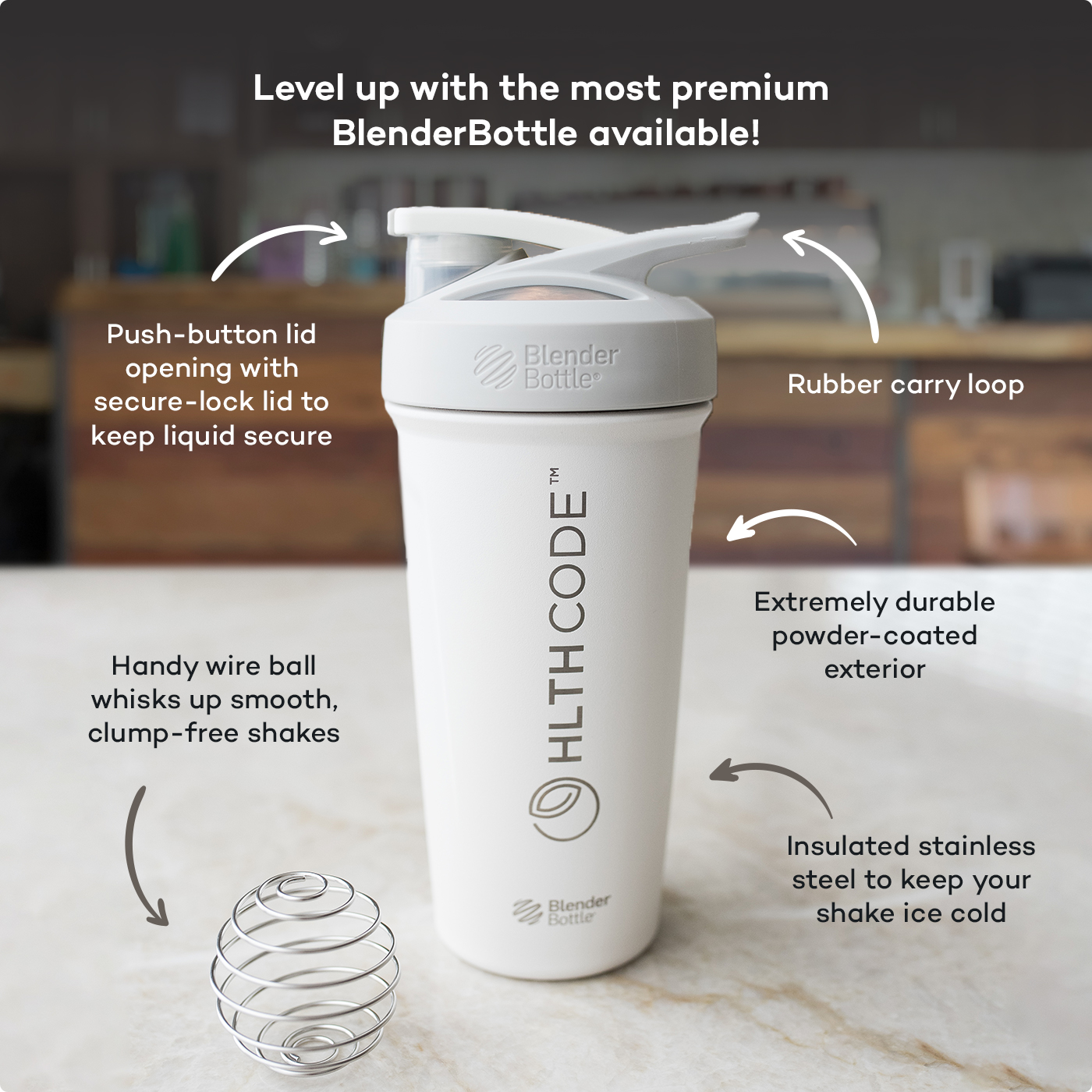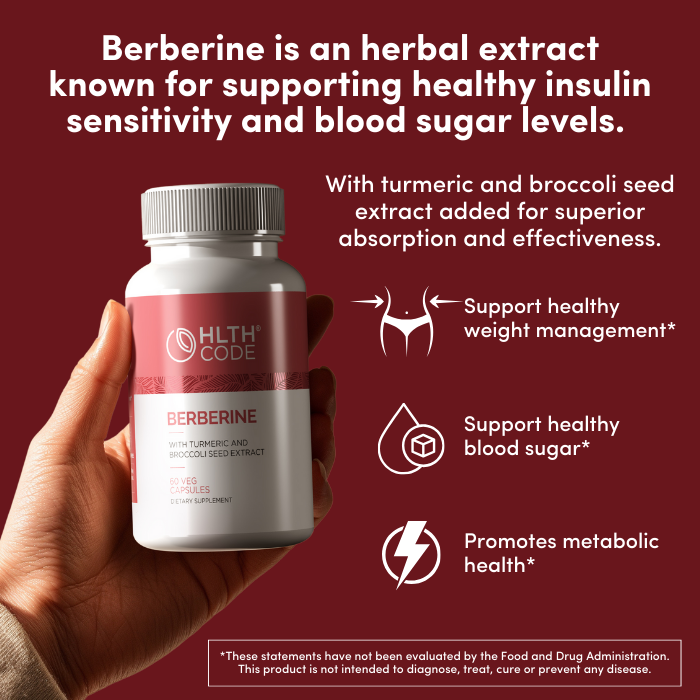Get Cold to Burn Fat

Could the comfortable temperatures we enjoy in our homes, at work, in restaurants, shops and everywhere else be part of our metabolic decline? Emerging research seems to indicate that’s the case. Yet there’s a way to help “shock” your metabolism into working even better. Frequent exposure to cold is perhaps the most unexpected (and unpleasant) thing you can do to improve your metabolic health.
Before taking the plunge, I need to introduce you to a type of fat you’ve likely been hearing more about: brown fat. Most of the fat we have on our bodies is “white fat,” called “white adipose tissue” or WAT—the tissue itself is quite white, partly due to the lack of mitochondria within the fat cells (mitochondria have a brownish-red color). However, there are distinct small pockets of fat in the body where the fat cells are not only much smaller, but also very richly brown; they’re loaded with mitochondria.
Mitochondria are important “energy centers,” making fuel for the cell by breaking down glucose and fats. However, these mitochondria in the brown fat cells behave a little differently than most. Generally, mitochondria will only burn nutrients (that is, carbs or fats) dependent on the energy needs of the cell; thus the cell’s energy demand determines, or is coupled to, cell energy production. Makes sense. However, the mitochondria in brown fat (brown adipose tissue, or BAT) is enriched with uncoupling proteins; as the name suggests, these proteins allow the mitochondria to burn nutrients and, rather than giving the cell energy, they simply produce heat. So WAT wants to store fat and BAT wants to burn fat. In fact, when activated, BAT has a metabolic rate comparable to muscle [1], with 70% of its fuel coming from fat burning, and about 30% from glucose burning [2].
This is where the cold comes in—BAT becomes activated when we get cold.
The magic temperature against the skin appears to be about 18°C (64.4° Fahrenheit)—at this temperature, BAT becomes active and starts burning fuel in an effort to warm the body [3]. This temperature is unique because, for most people, it’s a temperature that requires the body to work a little harder to stay warm, but not work too hard. At this “magic temperature,” the muscles won’t shiver because the BAT is able to activate and generate sufficient heat. (In fact, it’s this process that explains why babies don’t shiver—they have a lot of BAT that keeps them warm.) However, when temperatures drop below around 18°C, the body begins shivering, which is a more dramatic (and effective) method of generating heat to maintain internal body temperature, though it still certainly activates BAT.
Relevant to both of these processes (shivering and nonshivering thermogenesis) is the fuel. In both instances, BAT for non-shivering and muscle for shivering, fats and glucose are being consumed much more rapidly than normal. Of course, the upside to this is that insulin levels drop as glucose is used and insulin drops [3].
Beyond the BAT itself, cold is able to shift the WAT to behave more like BAT–the WAT increases its mitochondria that are more uncoupled. This has meaningful potential to the body because fat normally has a metabolic rate that accounts for 5-10% of our whole-body metabolic rate.
Thankfully, getting cold and uncomfortable isn’t your only option. In addition to cold, low insulin [4] and ketones [5] also stimulate WAT to behave more like BAT [see this previous article].
References
- https://pubmed.ncbi.nlm.nih.gov/21803297/
- https://pubmed.ncbi.nlm.nih.gov/35339729/
- https://pubmed.ncbi.nlm.nih.gov/28945846/
- https://pubmed.ncbi.nlm.nih.gov/29170160/
- https://www.ncbi.nlm.nih.gov/pmc/articles/PMC7503338/
This article is for informational and educational purposes only. It is not, nor is it intended to be substitute for professional medical advice, diagnosis, or treatment and should never be relied upon for specific medical advice.


